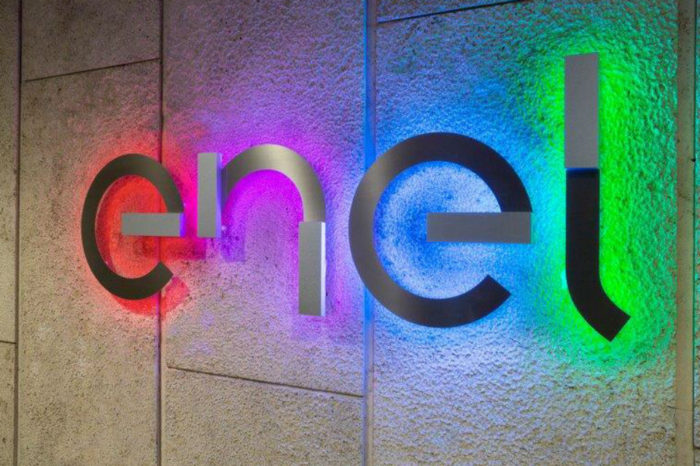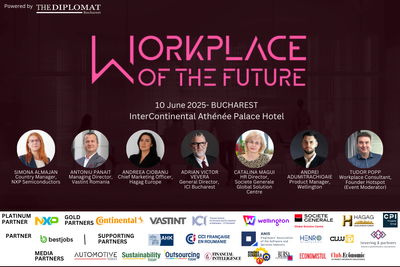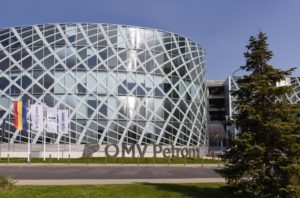Romania’s energy industry future from a clean mobility perspective

Opinion by Corneliu Bodea, CEO Adrem
People are moving from habits that harms the environment to more responsible behaviour with a sort of acceleration. This is fuelled by the wellbeing environment and evolution in culture, education, and lifestyle. Down streaming philosophy and preoccupation for more substantial truths become day to day experience. This represents the raising wave for all clean technologies to surf on, and determine in firm terms the future of mobility, energy use and our way of life.
The estimation for electrical vehicles (EV) development is that we will have as much as 35 million EV’s in 2030 from less than 1 million today (Effect of electromobility on the power system and the integration of RES, A.Klettke, A. Moser, et al, June 2018, European Commission) and about 190 million by 2050. This, accordingly, to the same study, will turn that about 34% of all final energy consume will be for electric transportation and this will represent about 10% of the overall electricity consume of the EU.
Such development will put more pressure on an industry that is already under the pressure to go away from fossil fuel and to realize the goal of the 3D: decarbonization, decentralization and digitalization. Along with such pressures, the EV will bring challenges to the functioning of the networks as the requirements for the low voltage network at particular hours might generate needs for reconfiguration and huge investment.
Of course, that multiple advantages could be triggered as for example the fact that such huge number of EV’s represents a huge storage capacity that could be intelligently used during certain moments. The increased flexibility of the network is gaining advantages and becomes one of the key characteristics of the future energy infrastructure. The idea of fuelling your car with an energy that could be used instantly two ways as long as the car is connected to the network will probably revolutionize the energy market.
There are two very important aspects of the energy infrastructure that will have to evolve in order to make possible such development of the clean mobility and I am referring to: digitalization and market model. If we have to imagine a future of many millions of EV’s, we have also to imagine that smart communication between the charging points, households and the centralized dispatch will have to be in real time. This requires a lot of investment and developments in the way networks are conceived. Smart metering as the corner stone of the smart grid concept, together with very efficient way of communication are critical and network operators must move in a faster manner in that direction.
The other element is the market model based on no real time exchanges of energy which have to be replaced with more flexible and real time feedback and market action. In a strict co-ordination physical elements as meters will be able to place orders directly to the energy markets and facilitate real time buy and sells.
Only talking about such things, I realize the impact such developments will generate to another area of activity which is the legal framework. Incredible number of changes to be implemented to the legal framework just to enable such progress.
The energy industry will change as effect to the climate change objectives and the technological developments will play a central role into modelling such change. Clean mobility is only a slice of the big pie of energy transformation, but it plays a central role as the benefit of using an EV is obvious. Opportunities overcome challenges and this is why I believe that business environment will step in, and investments will follow. The main challenge for the existing actors in the energy industry is to adapt and reinvent their modus operandis and for one of the most conservative domain it will not be easy. This is why I believe that we will see many unbelievable turns and changes. Those that can forget and change will live, the others will disappear, doesn’t matter how big they are.















